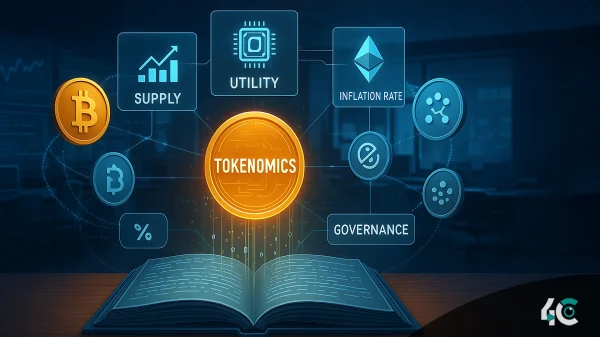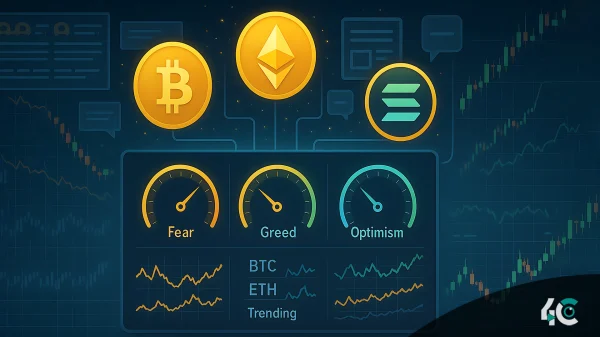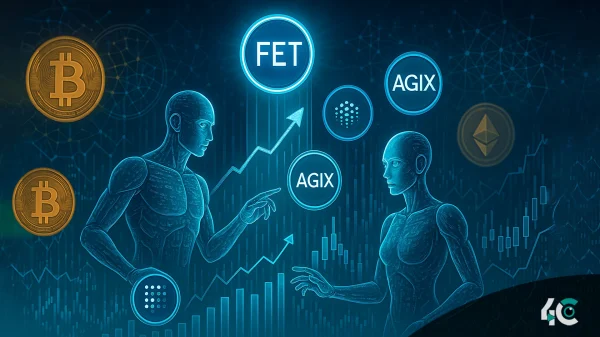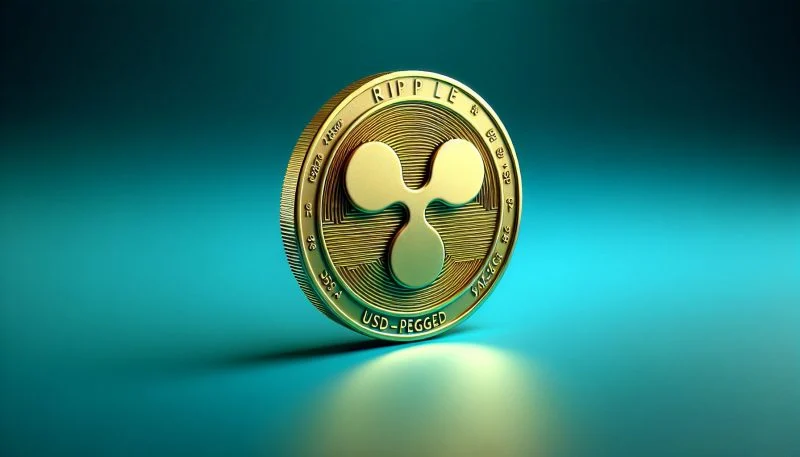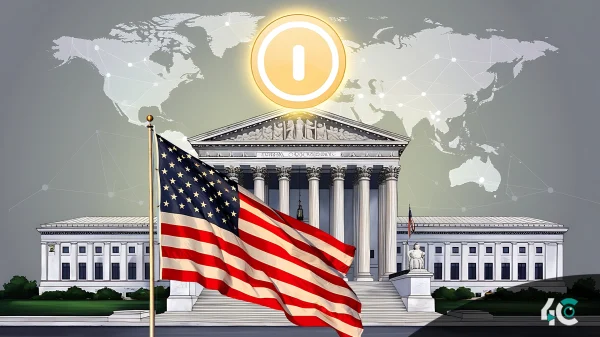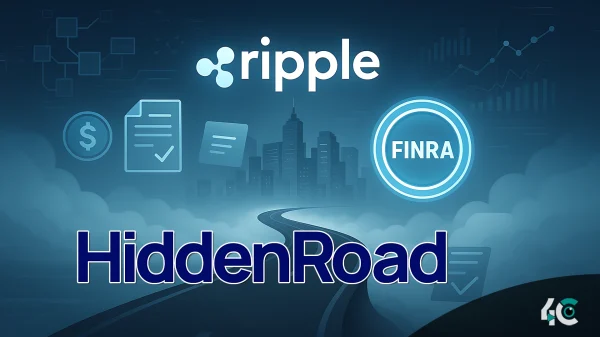Ripple Labs has taken a major step forward in the digital finance space with the commencement of beta testing for its new stablecoin, Ripple USD (RLUSD). The XRP Ledger (XRPL) and Ethereum mainnets are currently testing this U.S. dollar-pegged stablecoin, with future plans to extend its deployment to additional blockchains and decentralized finance (DeFi) protocols.
As part of a broader strategy to meet the growing demand for stablecoins—digital currencies pegged to a fiat currency—Ripple has decided to launch RLUSD. The company anticipates that the stablecoin market, currently valued at approximately $160 billion, will expand to over $2 trillion by 2028, driven by increasing use cases in trading, payments, and institutional financial services.
Despite this promising development, Ripple has cautioned users that RLUSD is still in its beta phase and is not yet available for purchase or trading. The company has warned against scams falsely claiming early access to the stablecoin. We are conducting beta testing in collaboration with enterprise partners to ensure RLUSD meets the highest standards of security, efficiency, and reliability before it becomes widely accessible.
The U.S. Securities and Exchange Commission (SEC) filed a lawsuit and a federal court recently imposed a $125 million penalty on Ripple Labs, prompting the launch of RLUSD. Despite this legal setback, Ripple continues to push forward with its innovations in the blockchain space. However, the XRP Ledger has faced challenges, including a significant drop in transaction volume during the second quarter of 2024, highlighting the volatility and competitive nature of the digital asset market.
Ripple’s ultimate goal with RLUSD is to integrate the stablecoin into its cross-border payment solutions, leveraging both RLUSD and XRP to enhance the efficiency and user experience for global transactions. With its strong foundation in enterprise financial solutions and a clear focus on transparency and regulatory compliance, Ripple is well-positioned to make a significant impact in the stablecoin market as it continues to evolve.









